How AI, ML, VR are creating new opportunities for media agencies
We have been fascinated and terrified at the same point by Artificial Intelligence since the birth of the computing era. Remember the threatening HAL from 2001 or the affable C3P0 from Star Wars?
Artificial Intelligence, as a technology, perhaps offers the most potential of anything on the horizon. A General AI with near-human intelligence will almost certainly enable exponential productivity increase. Of course, we're a long way from General Artificial Intelligence. What we do have right now is Narrow AI. This is AI built to do a certain set of activities, such as telling you the weather, playing your favourite song, and telling you how big Mount Everest is. Total investment in AI has been increasing for several years. In fact, 80 percent of businesses are now investing in AI.
On the other hand for years, virtual reality has been knocking on the door of mainstream acceptability. The initial wave of VR excitement began in the 1990s, when advances in 3D graphics promised to bring virtual worlds to life. Of course, that excitement was short-lived because both the hardware and software were hopelessly inadequate. In reality, widespread interest in this technology had been declining for some years. But a few significant advances, like better mobile processors, Microsoft HoloLens, and even PokemonGo, aided in the technology's rapid maturation.
Overall investment in AR/VR enterprises has increased dramatically in recent years. According to an industry report, 67 per cent of corporate clients are eager to embrace augmented reality in the workplace. VR, on the other hand, is likely to gain traction in the entertainment industry. According to one prediction, the market value of VR in gaming will exceed $11 billion.
In many respects, AR/VR is a problem in need of a solution.
Smart application of these technologies may yield enormous wealth. Both consumer brands and corporate customers will rely on agency partners for narrative, design, and development as they adopt AR/VR. This change to 'immersive' content provides your agency with the opportunity to embrace and control a brand-new, still-maturing technology.
Premjeet Sodhi, Chief Strategy Officer, Wavemaker India, elaborated on how AI algorithm is being used in media planning to predict the effectiveness of a brand’s media investments. He said, “Media Planning has moved beyond ‘just predicting’ the effectiveness. Media plans are not static schedules as we are accustomed to for erstwhile traditional media; where, for a given investment and schedule one would need to predict the effectiveness of media spends. Media Plans in todays’ world have two dimensions – a well-researched going-in plan and algorithms by platforms for a real-time optimization. There is extensive use of AI-based statistical methods which are in use for both the dimensions.”
A media plan is a statement of the audience that is being targeted; the place and time when the audience is targeted; and the message and the intensity of exposure/ interactivity. Each of these elements has multiplicity and are dynamic ie there is not one audience but, multiple (precision) audiences that are defined for a campaign; the targeting of these audiences is also dynamic as AI-based algorithms optimize investments on these audiences basis the desired action sought from the audience and the nature of response that the campaign is getting from different audiences.
ML and AI are in extensive use to define which audiences to target through Look-Alike-Models on a real-time basis to achieve the defined conversion/ business goals. These get extended into smart and automated bidding algorithms which enable optimisation of investments amongst these audiences for the best ROI. These models take in to account not only the profile of the audiences but, there recent behaviour and the context in which they are engaging with the brand messaging. Dynamic Creative Optimization brings in more such algorithms to also deliver relevant messaging to these audiences.
“While, all of the above enhance the effectiveness of the media spends there is a whole domain of marketing analytics that estimates the attribution of sales (or other business metrics) to each element of the media-mix. Econometric models enable us to understand what is the contribution of spends by media-mix and plan elements to the final sales. These, in turn, also predict the impact of media spends on sales and marketers can use these to modulate their investments across the marketing-mix,” he added.
Speaking about how AI is simplifying the complexities of media planning, Dimpy Yadav, General Manager, Xaxis India, said, “AI helps in structuring media plan strategies and efforts more strategically. When instructed correctly, AI can help optimize marketing plans toward better sales metrics. It empowers digital media strategies to identify and locate prospects without biases or assumptions to find audiences and determine bidding strategies to achieve specific outcomes that are beyond standard selections of demographics or buying metrics such as CPC, CPM, etc. Human intelligence when layered with artificial intelligence results in amplified intelligence for media planning, which enables data scientists and engineers to replace manual efforts of ROI mapping and measurement with algorithm driven approaches to define the best possible mix of channel selection. Furthermore, AI facilitates insights that can extract maximum value by conducting a large number of real-time tests in very granular increments well beyond the capabilities of any human. In this process, a feedback loop is created in which the outcomes continually improve in lightning-fast increments that add up to big results.”
Kosal Maladi, Vice President, Madison Digital, shared some insights on how much of AI is seen in the media industry today and said, “Automation is a word that is loosely thrown around today. Anything and everything that remotely cuts manual intervention is termed as automation. That said, automation has become very prevalent in media execution. Automated campaign types like UAC and Performance Max by Google are perfect examples of this. At a planning level, there are attempts at automating the process. Even from creative automation, the industry has taken some steps in the positive direction. Automation is work in progress right now. It provides a direction basis which manual decisions are taken. However, it is definitely here to stay.”
Adding further on automation, Shrenik Gandhi, Co-founder and CEO, White Rivers Media, said, “Though over 70% of Indian marketers are already utilising marketing automation techniques to boost lead conversion, AI and VR technologies are still in the nascent stage compared to the developed markets. Gradually FMCG, BFSI and e-commerce companies are adopting AI technology to market their products. We all know about the famous Rephrase AI campaign for the movie ‘Anek’ or Zomato’s and Cadbury’s ad campaigns that featured Hrithik Roshan and Shah Rukh Khan. We have also seen conversational AI-based voice-assisted chatbots make products lucid and approachable. ROOH is also actively developing in India, and it is only a matter of time before we see automation in a significant portion of advertising. The possibilities are truly endless!”
AI is enabling a unified customer view to provide sharper consumer insights and better contextual analysis. Abhimanyu Vyas, Co-Founder, Pivot Consult, noted, “As marketing technology evolves, it is disrupting the contours of traditional market research. Using natural language processing, brands can analyse huge volumes of data from social platforms, review sites and other digital platforms and also arrive at the right context behind any conversation. Computer vision in a privacy safe environment has led to real time emotion detection. Predictive analytics has extended this to forecasting business outcomes based on these consumer sentiment features. Brand share of voice, opinion polls on elections, algorithm trading in finance are now being built on these consumer sentiment and emotion features. We are building solutions in this space to improve customer experience by personalising the buying journey based on customer emotion, sentiment and context of interaction.”
Krutin Shah, Co-founder and COO, Phyvital Inc, added here, “One of the hardest challenges for brands and agencies has been to get a singular view of the Omni channel customer. This has been a perpetual attribution challenge in the media industry for getting really accurate consumer insights. We think we growing number of channels where a consumer can be this is only getting harder, for example, new Metaverses or social platforms or gaming platforms. We think this is where AI will be a critical role in combining analytics across these platforms (traditional and new) and create a singular view of the consumer. It will also give agencies and brands ability to slice and dice the data to see which platforms continue to engage consumers. We are not there yet but we will get there in the next 12-18 months.”



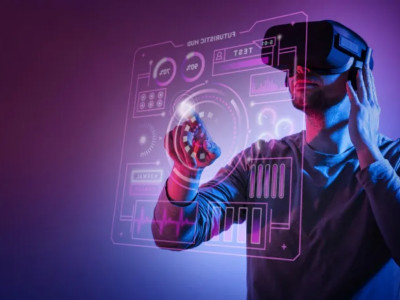




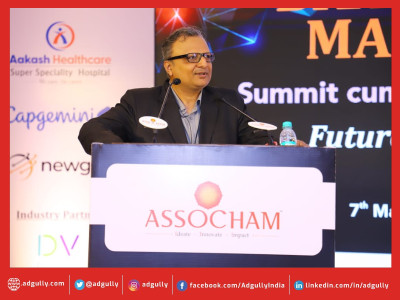
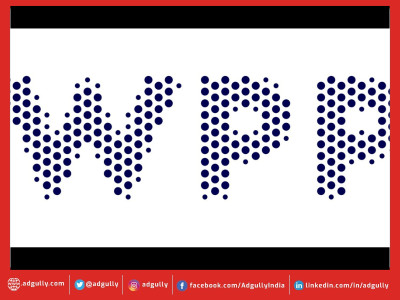


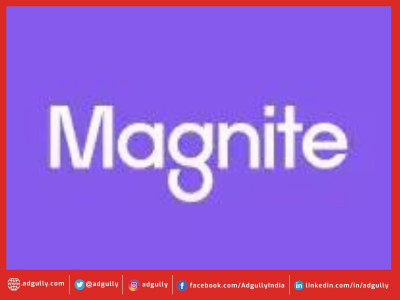
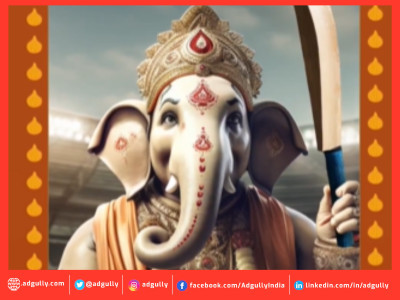

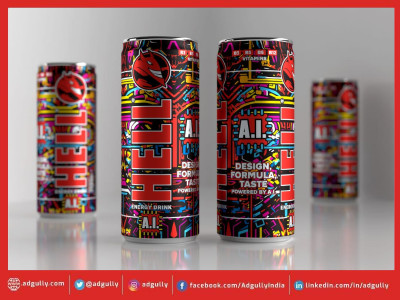


Share
Facebook
YouTube
Tweet
Twitter
LinkedIn